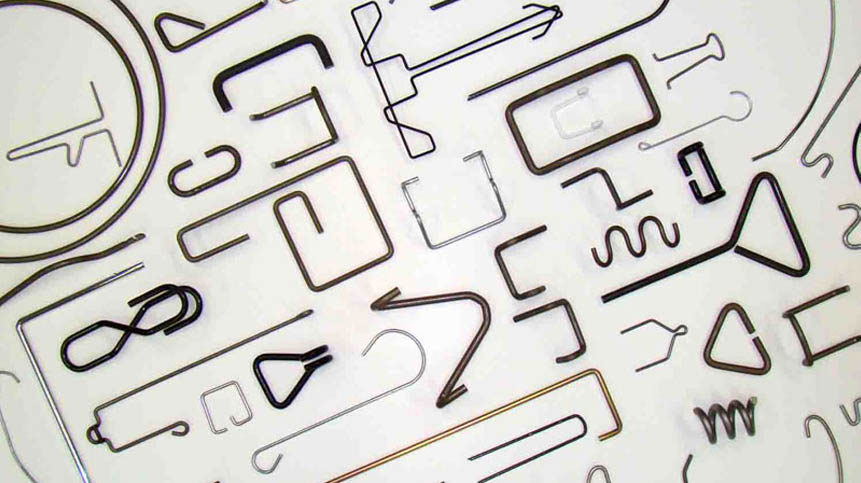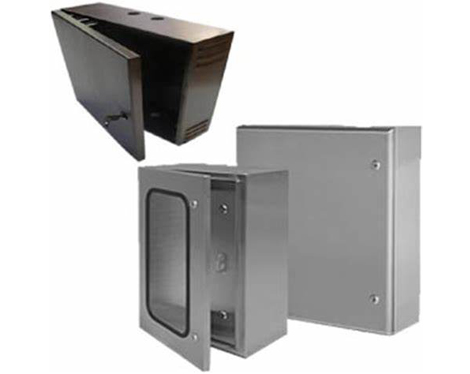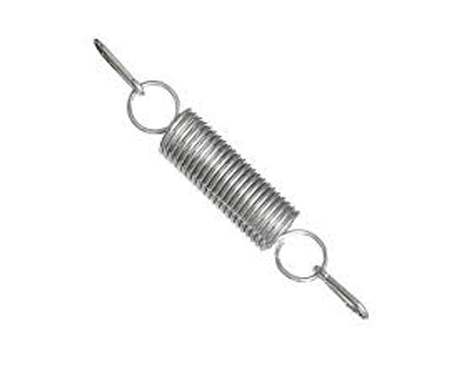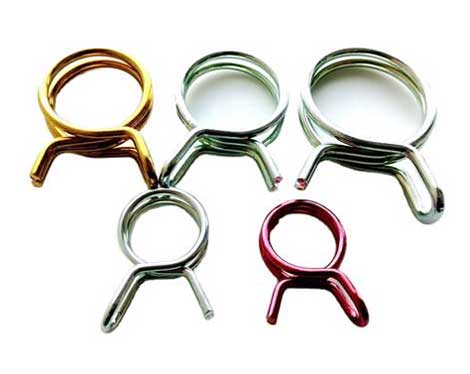As a core component in the cooling system, the heat dissipation performance of the cooler motor shaft directly affects the operational efficiency and stability of the entire cooling system. In this paper, we will discuss the cooler motor shaft heat dissipation problems, and put forward corresponding solution strategies to ensure the efficient operation of the motor shaft.
The Importance of Cooler Motor Shaft Heat Dissipation
Cooler motor shaft in operation will produce a large amount of heat, if it can not be emitted in a timely manner, it will lead to increased motor shaft temperature, which in turn affects the performance and life of the motor. Therefore, good heat dissipation performance is the key to ensure the stable operation of the cooler motor shaft. Through reasonable heat dissipation design, it can effectively reduce the temperature of the motor shaft and improve the efficiency and reliability of the motor.
The Cooler Motor Shaft Heat Dissipation Challenges and Solutions
Cooler motor shaft heat dissipation faces a variety of challenges, such as space constraints, high ambient temperature, etc.. In order to solve these problems, we can adopt the following strategies: firstly, optimize the structural design of the motor shaft to increase the heat dissipation area and improve the heat dissipation efficiency; secondly, use highly efficient heat dissipation materials, such as metal materials with good thermal conductivity, in order to improve the heat dissipation performance; and lastly, we can introduce active heat dissipation systems, such as fans or liquid cooling systems, in order to enhance the heat dissipation effect.
The Balance of Heat Dissipation Design and Cooler Motor Shaft Performance
When carrying out the cooling design of the cooler motor shaft, it is necessary to consider a number of factors in order to balance the cooling effect and motor shaft performance. First of all, to ensure that the heat dissipation design will not negatively affect the structure and strength of the DC motor threaded shaft; secondly, to consider the cost of heat dissipation and maintenance costs, and choose an economical and practical heat dissipation program; finally, according to the actual application scenarios, to adjust the heat dissipation strategy in order to meet the different operational requirements.
The Future Development Trend and Technological Innovation
With the progress of science and technology and the continuous improvement of the cooling system demand, the cooler motor shaft cooling technology is also constantly innovating and developing. In the future, we can expect more efficient and environmentally friendly cooling materials and technologies to be used in the cooling design of the cooler motor shaft. At the same time, with the popularization of intelligent manufacturing and Internet of Things technology, the cooling management of the cooler motor shaft will also be more intelligent and precise, providing a more powerful guarantee for the stable operation of the cooling system.
In summary, the heat dissipation of the cooler motor shaft is the key to ensure efficient operation. By optimizing the heat dissipation design, adopting efficient heat dissipation materials and technology and realizing intelligent heat dissipation management, we can effectively solve the heat dissipation problem of the cooler motor shaft and improve the operation efficiency and stability of the cooling system. In the future development, we should also continue to explore and innovate to provide better solutions for the cooling problem of the cooler motor shaft.


 English
English 

